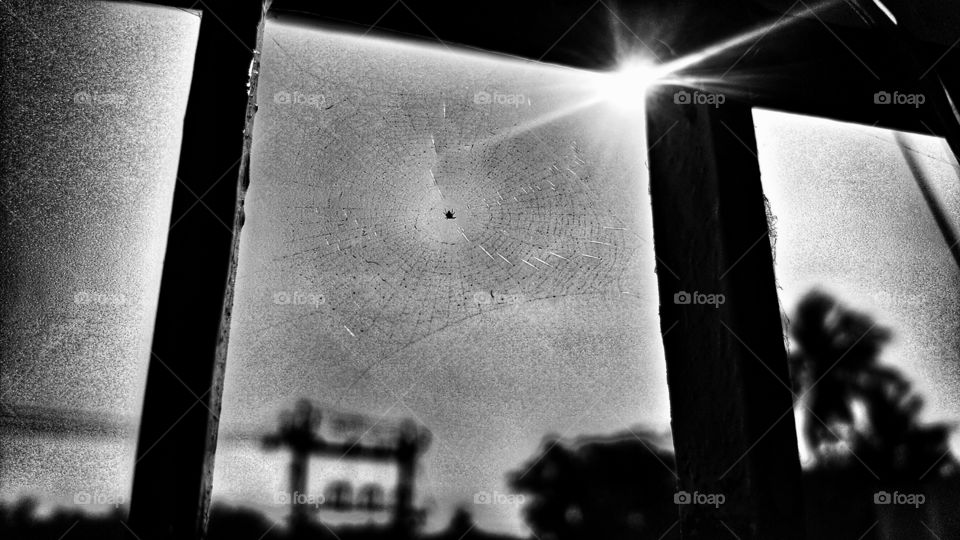probability the life it lives..... About half the potential prey that hit orb webs escape. A web has to perform three functions: intercepting the prey (intersection), absorbing its momentum without breaking (stopping), and trapping the prey by entangling it or sticking to it (retention). No single design is best for all prey. For example: wider spacing of lines will increase the web's area and hence its ability to intercept prey, but reduce its stopping power and retention; closer spacing, larger sticky droplets and thicker lines would improve retention, but would make it easier for potential prey to see and avoid the web, at least during the day. However, there are no consistent differences between orb webs built for use during the day and those built for use at night. In fact, there is no simple relationship between orb web design features and the prey they capture, as each orb-weaving species takes a wide range of prey
Photo by 8win
Royalties free, Commercial & Editorial use
$10.00


